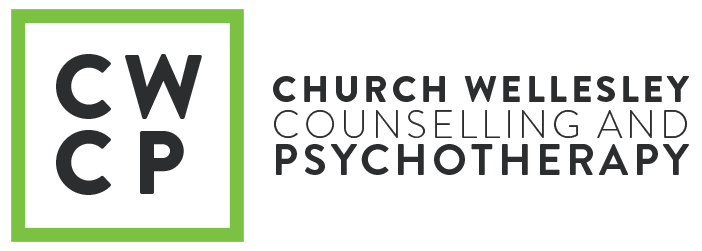Over the coming weeks and months, I will strive to write blog posts about my top recommendations for helpful psychotherapy books one would benefit from reading in support of maximizing clinical work. In this current blog, I share two picks for learning more about attachment styles.
Originated by British psychologist John Bowlby in his three-volume work, Attachment and Loss (1969-80) – Trauma and Loss: Key Texts from the John Bowlby Archive, 2019, provides a summary of Bowlby’s key concepts and themes – then expanded upon by American-Canadian psychologist Mary Ainsworth in the 1970s, Attachment Theory suggests that continual disruptions or impairments in bonds between child and caregiver(s) could result in long-term cognitive, emotional, and social difficulties for the infant in the form of an insecure attachment style.
Should the infant receive “Good Enough Parenting”, whereby the primary caregiver(s) adequately meet the emotional needs of the infant, a Secure Attachment is formed (N.B., Attachment Theorists submit that primary caregivers who meet the emotional needs of the infant 30% of the time are engaging in “good enough parenting”). When continual disruptions or impairments in bonds occur, an infant develops one of the three insecure attachment styles: Anxious-Preoccupied (also called Anxious or Ambivalent), Avoidant-Dismissing (also called Dismissive-Avoidant or Avoidant), or Disorganized-Unresolved (also called Fearful-Avoidant).
Two tremendously helpful books for learning more about attachment styles:
Attached: The New Science of Adult Attachment and How It Can Help You Find and Keep Love by Amir Levine, M.D. and Rachel S.F. Heller, M.A.
(This version is great for readers who prefer more casual writing styles)
Support a local bookstore:
- Books and Company, Picton, ON:
https://pictonbookstore.com/item/AMVz-5Zf8QT8KFrV5D9Rbg - Caversham Booksellers, Toronto, ON:
https://www.cavershambooksellers.com/search/1585429139 - Mac’s Fireweed Books, Whitehorse, YT:
https://www.macsbooks.ca/item/AMVz-5Zf8QT8KFrV5D9Rbg
It’s Attachment: A New Way of Understanding Yourself and Your Relationships by Annette Kussin, M.S.W., RSW
(This version is great for readers who prefer more academic writing styles)
Support a local bookstore:
- Books and Company, Picton, ON:
https://pictonbookstore.com/item/VdSFGWNT96YUYmYx8GyVAA - Caversham Booksellers, Toronto, ON:
https://www.cavershambooksellers.com/search/9781771835183 - Mac’s Fireweed Books, Whitehorse, YT:
https://www.macsbooks.ca/item/VdSFGWNT96YUYmYx8GyVAA
Both books provide helpful insight and understanding of the attachment styles – and while you could read both, reading either one would be sufficient; just decide based on whether you prefer more informal or formal writing, respectively.
And identifying your insecure attachment style will be helpful as you and your clinician will work at developing your Earned Secure Attachment in areas you currently experience an insecure attachment style. A helpful resource for identifying your attachment patterns can be found at this website: https://illinois.qualtrics.com/jfe/form/SV_0TwIRP5LYLLeXxY.
Keep in mind: Not all therapists are experienced or trained in Attachment Theory, so if this content resonates with you, ensure you ask your (prospective) therapist about their knowledge on the subject.
Happy reading!
Adam
Want to know more about a specific topic related to psychotherapy? Send me an email (adam@cwcp.ca) and let me know so I can write a blog post about it. And if you would like an honorable mention for your recommendation, let me know that too and I will include your name!


